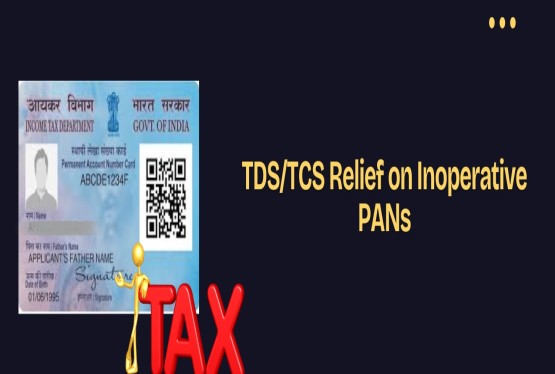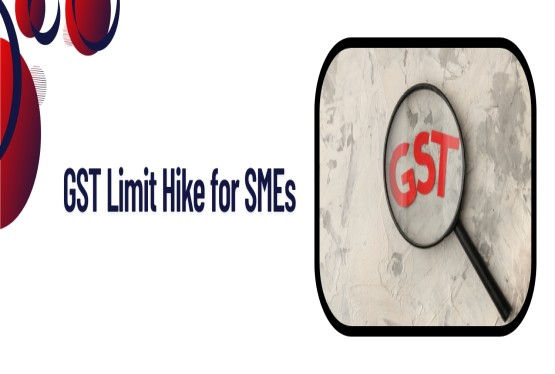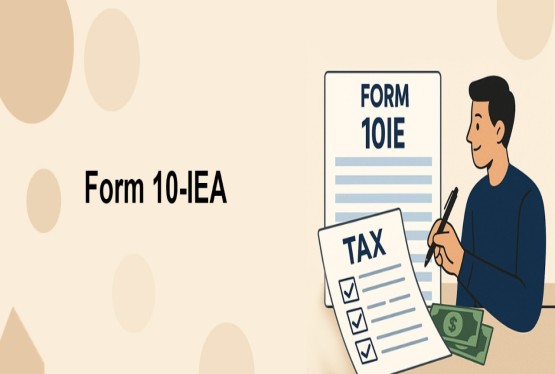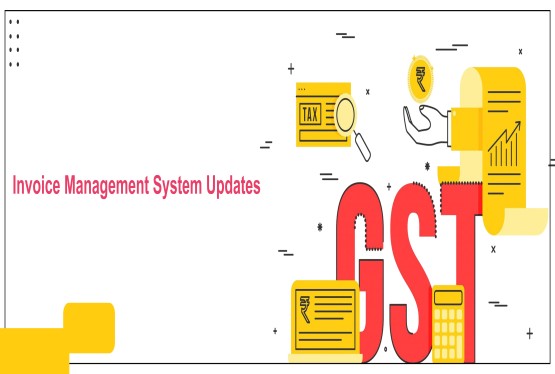The Government of India has consistently taken steps to simplify tax compliance for small taxpayers. One such major initiative is the introduction of the Quarterly Return Filing and Monthly Payment of Taxes (QRMP) scheme under GST. Implemented by the Central Board of Indirect Taxes and Customs (CBIC), the QRMP scheme is specifically designed to ease the burden of monthly GST compliance for small businesses. The GST Quarterly Return Filing Option for Small Businessman provides the flexibility to file returns once every quarter while continuing with monthly tax payments. This significantly reduces the compliance load, helps in better cash flow management, and provides a more structured approach to filing GST returns.
What is a GST Return?
A GST return is a document that a registered taxpayer must file with the tax authorities under the Goods and Services Tax (GST) system. It includes details of sales, purchases, output tax (GST collected on sales), and input tax (GST paid on purchases). These returns are essential for determining the GST liability of a taxpayer and for claiming input tax credit (ITC). Based on the nature and size of the business, GST returns can be filed either monthly or quarterly. The GST Quarterly Return Filing option, specifically under the QRMP scheme, is designed to ease this process for eligible small businesses.
Who are Small Taxpayers?
Small taxpayers under the GST system are those whose aggregate annual turnover in the preceding financial year does not exceed Rs. 5 crores. This turnover threshold is crucial because businesses falling under this category are eligible to opt for the GST Quarterly Return Filing scheme. Small taxpayers typically include micro and small enterprises who face difficulty in complying with the monthly return filing requirements due to limited resources and manpower. By opting for quarterly filing, these businesses can manage their tax responsibilities more efficiently without needing to hire dedicated tax professionals every month.
What is the QRMP Scheme?
The QRMP scheme, or Quarterly Return Filing and Monthly Payment of Taxes, is a facility available to small taxpayers under GST. It allows eligible taxpayers to file GSTR-1 and GSTR-3B returns quarterly instead of monthly. However, taxpayers are still required to pay taxes every month. The idea is to reduce the frequency of return filing without compromising on monthly tax collection.
Previously, all registered taxpayers had to file GSTR-1 and GSTR-3B on a monthly basis. This became a major compliance challenge for small businesses with limited transactions and resources. With the QRMP scheme, such businesses can now focus more on their operations rather than getting caught up in monthly filings.
Eligibility for the QRMP Scheme
To avail the benefits of the QRMP scheme, the taxpayer must be a registered person under GST with an aggregate annual turnover (AATO) of up to Rs. 5 crores in the previous financial year. If the turnover exceeds Rs. 5 crores at any point during a quarter, the taxpayer becomes ineligible for the scheme from the next quarter onward. This ensures that only genuinely small businesses benefit from the scheme.
New GST registrants can also opt for the QRMP scheme at the time of registration or subsequently through the GST portal. Another important aspect is that the option to opt into or out of the QRMP scheme is GSTIN-based. This means that businesses with multiple GSTINs under the same PAN can choose the scheme for some GSTINs and not for others, offering more flexibility in compliance management.
Different Return Filing Options Under QRMP Scheme
Taxpayers opting for the GST Quarterly Return Filing scheme can choose from the following return types depending on their business requirements:
1. GSTR-Quarterly: This is the standard quarterly return filing option available under the QRMP scheme. It allows the taxpayer to file GSTR-1 and GSTR-3B once every quarter. This is suitable for businesses with a moderate volume of transactions and a requirement to report all details.
2. GSTR-Sahaj: GSTR-Sahaj is a simplified version of quarterly returns designed for taxpayers dealing only in B2C (business-to-consumer) transactions. It includes fewer fields and is ideal for small retailers and service providers.
3. GSTR-Sugam: GSTR-Sugam is another simplified form under the QRMP scheme. It is suitable for businesses that have both B2B (business-to-business) and B2C transactions. It provides a middle path between the comprehensive GSTR-Quarterly and the simple GSTR-Sahaj.
These options provide flexibility to taxpayers and ensure that compliance requirements align with the complexity of their business activities.
How to Opt for or Exit the QRMP Scheme?
Enrolling in the QRMP scheme is a straightforward process. A taxpayer needs to log in to the GST portal and go to Services > Returns > Opt-in for Quarterly Return. The window to opt-in for a quarter remains open from the first day of the second month of the preceding quarter to the last day of the first month of the quarter for which the option is being exercised.
For instance, if a taxpayer wants to opt for the July-September quarter, they must make this selection between May 1 and July 31. Similarly, exiting the QRMP scheme follows the same path on the portal. Once opted in, the taxpayer remains in the scheme unless their turnover exceeds the eligibility threshold or they voluntarily opt-out.
Monthly Tax Payment Under QRMP Scheme
Even though returns are filed quarterly, taxes must be paid monthly. The taxpayer has two methods to choose from for paying taxes:
-
Fixed Sum Method (FSM): Under the Fixed Sum Method, a pre-filled challan is generated in Form GST PMT-06. This challan is based on the previous return filed by the taxpayer. If the last return was filed quarterly, the challan amount is 35% of the tax paid in cash in that quarter. If the return was filed monthly, the challan amount equals the tax paid in the last month of the previous quarter. This method simplifies the process and is suitable for businesses with stable or predictable tax liabilities.
-
Self-Assessment Method (SAM): In the Self-Assessment Method, the taxpayer calculates the actual tax liability based on their sales and purchase data, after adjusting the Input Tax Credit (ITC) available. This method provides more accuracy and is beneficial for businesses with fluctuating tax liabilities. Tax must be paid using Form GST PMT-06 by the 25th of the month following the month for which tax is being paid. For example, for the month of April, tax payment must be made by May 25.
Late Fees and Penalties Delays in filing returns or making tax payments attract late fees and penalties under the GST law. For taxpayers who have tax liability:
1. CGST Act: Rs. 25 per day
2. SGST Act: Rs. 25 per day
For taxpayers with NIL tax liability:
1. CGST Act: Rs. 10 per day
2. SGST Act: Rs. 10 per day
These late fees are capped at a maximum of Rs. 5,000 per return. Hence, it is advisable for taxpayers to file their returns and pay taxes on time to avoid penalties and maintain a good compliance rating.
Benefits of GST Quarterly Return Filing Option for Small Businessman
The QRMP scheme offers several tangible benefits that make it highly appealing for small businesses:
-
Reduced Compliance Burden: Monthly GST return filing can be overwhelming for small businesses, especially those with limited staff or without a dedicated finance team. The GST Quarterly Return Filing option reduces the frequency of filing, allowing businesses to focus on their core operations.
-
Better Financial Planning: With quarterly filing, business owners get more time to gather financial data and assess their tax liabilities. This extended period helps in better planning of funds and improved management of working capital.
-
Time Savings: Time is an important resource for small businesses. Quarterly filing under the QRMP scheme saves significant time that would otherwise be spent on monthly tax preparations, calculations, and documentation.
-
Simplified Documentation: Small businesses often struggle with documentation requirements. With quarterly filing, the burden of preparing and maintaining extensive monthly records is reduced. This is particularly beneficial for businesses with low transaction volumes.
-
Flexibility: The option to choose from GSTR-Quarterly, GSTR-Sahaj, and GSTR-Sugam adds flexibility to the compliance process. Businesses can select the return format that best matches their transaction type and volume.
-
Dispute Reduction: Since returns are filed quarterly, small mismatches in invoices or input tax credit claims can be resolved over a longer period. This helps in reducing disputes between buyers and suppliers.
-
Contribution to Ease of Doing Business: By reducing the number of return filings and simplifying the payment process, the QRMP scheme enhances the overall ease of doing business for small enterprises. It encourages more small businesses to register under GST and remain compliant.
Conclusion
The GST Quarterly Return Filing Option for Small Businessman under the QRMP scheme is a thoughtful step towards simplifying GST compliance. It is designed to address the unique challenges faced by small taxpayers, such as limited manpower, financial constraints, and lower transaction volumes. By offering quarterly return filing along with monthly tax payment options, the scheme balances ease of compliance with revenue collection.
Small business owners can choose between fixed and self-assessment methods for tax payment, depending on what works best for them. The reduced filing frequency helps in cutting down costs, saving time, and ensuring better financial management. Moreover, the flexibility to opt-in or out of the scheme based on GSTIN allows for personalized compliance strategies.
For expert assistance in filing GST returns under the QRMP scheme, businesses can seek help from professionals who specialize in GST compliance. Proper guidance ensures accurate filings, timely payments, and maximum utilization of input tax credit—key elements in maintaining a healthy financial ecosystem for small enterprises.
For any assistance you can book a consultation with Compliance Calendar LLP experts through email at info@ccoffice.in or Call/Whatsapp at +91 9988424211.
FAQs
Q1. What is the QRMP scheme under GST?
Ans. The QRMP scheme stands for Quarterly Return Filing and Monthly Payment of Taxes. It allows small taxpayers with an annual turnover of up to Rs. 5 crores to file GSTR-1 and GSTR-3B returns quarterly, while continuing to pay GST dues every month. This scheme helps reduce compliance costs and eases the filing burden for small businesses.
Q2. Who is eligible for the GST Quarterly Return Filing Option?
Ans. Any registered taxpayer whose aggregate annual turnover in the previous financial year was up to Rs. 5 crores is eligible for the QRMP scheme. Additionally, new GST registrants and businesses opting out of the Composition Scheme can also enroll in the QRMP scheme.
Q3. Is monthly GST payment still required under the QRMP scheme?
Ans. Yes, even though GSTR-1 and GSTR-3B are filed quarterly, taxpayers must pay GST monthly using Form GST PMT-06. This can be done using either the Fixed Sum Method (FSM) or the Self-Assessment Method (SAM), depending on the taxpayer’s preference and business model.
Q4. How can a taxpayer opt into or out of the QRMP scheme?
Ans. A taxpayer must log in to the GST portal, go to Services > Returns > Opt-in for Quarterly Return, and choose the desired option. This can be done from the 1st day of the second month of the previous quarter till the last day of the first month of the relevant quarter. The same process can be followed to opt out of the scheme.
Q5. What are the GSTR return options available under the QRMP scheme?
Ans. Under the QRMP scheme, small businesses can choose from three return types:
GSTR-Quarterly: For regular quarterly filing.
GSTR-Sahaj: For businesses dealing only in B2C transactions.
GSTR-Sugam: For businesses with both B2B and B2C transactions.
These options simplify return filing based on the business type.
Q6. What is the due date for tax payment under the QRMP scheme?
Ans. Tax under the QRMP scheme must be paid by the 25th of the succeeding month for the first and second months of the quarter. For example, tax for April must be paid by May 25, even though the return is filed quarterly.
Q7. Are there penalties for late payment or return filing under the QRMP scheme?
Ans. Yes, late fees apply if the quarterly returns are not filed on time. The late fee for returns with tax liability is Rs. 25 per day under CGST and Rs. 25 per day under SGST, up to a maximum of Rs. 5,000. For NIL returns, the fee is Rs. 10 per day under each Act.
Q8. What are the main advantages of the QRMP scheme for small businessmen?
Ans. The QRMP scheme offers several benefits, including:
Lower compliance burden due to reduced filing frequency
More time for tax planning and fund management
Flexibility in choosing payment methods and return types
Simplified compliance for businesses with lower transaction volumes
This makes GST compliance much more manageable for small enterprises.








_crop10_thumb.jpg)




































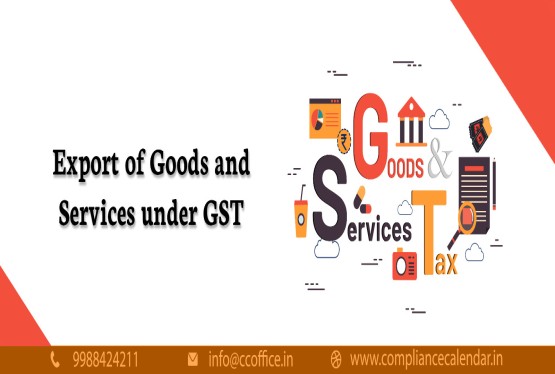













































_for_FY_2025-26_crop10_thumb.jpg)



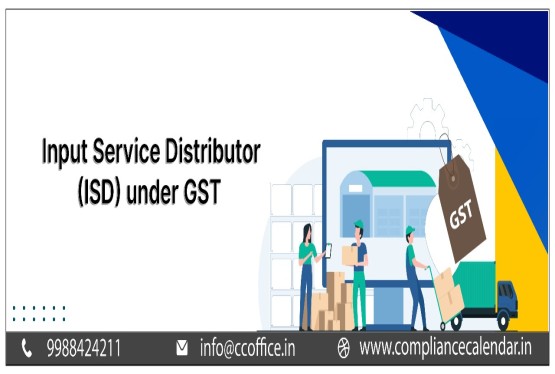








_learn_crop10_thumb.jpg)








_Filing_Due_Dates_for_FY_2024-25_learn_crop10_thumb.jpeg)
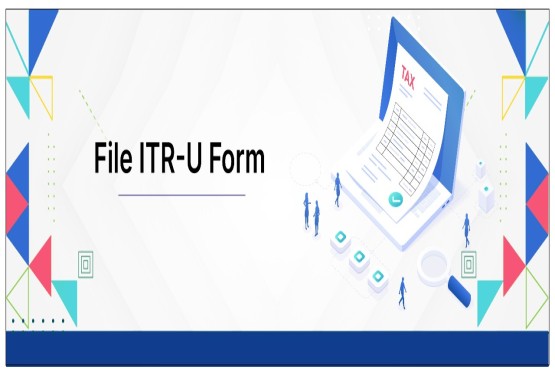
























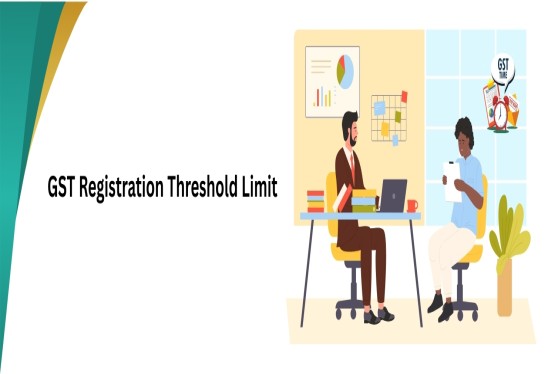
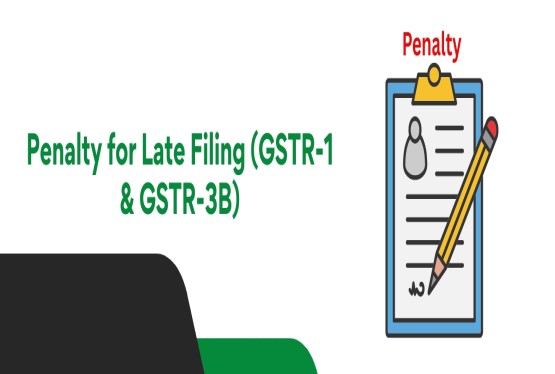












_of_GST_Act_learn_crop10_thumb.jpg)










_Under_GST_learn_crop10_thumb.jpg)









_crop10_thumb.jpg)


_crop10_thumb.jpg)





_learn_crop10_thumb.jpg)






















_of_the_Income_Tax_Act_learn_crop10_thumb.jpg)



_learn_crop10_thumb.jpg)






_learn_crop10_thumb.jpg)






_crop10_thumb.jpg)




















_in_The_Income_Tax_Act,_1961_learn_crop10_thumb.jpg)



_learn_crop10_thumb.jpg)



_of_the_Income_Tax_Act_learn_crop10_thumb.jpg)

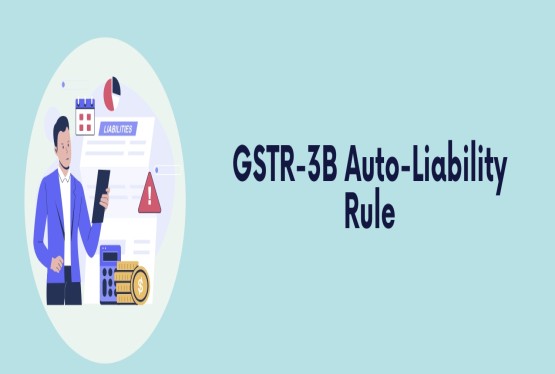
_Of_Income_Tax_Act_learn_crop10_thumb.jpg)








_learn_crop10_thumb.jpg)








_learn_crop10_thumb.jpg)
_crop10_thumb.jpg)

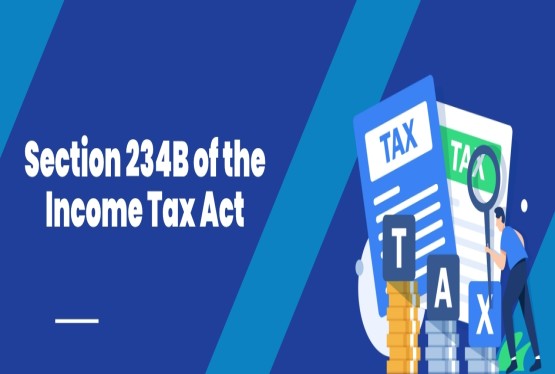




















_learn_crop10_thumb.jpg)
_for_Import_and_Export_learn_crop10_thumb.jpg)











